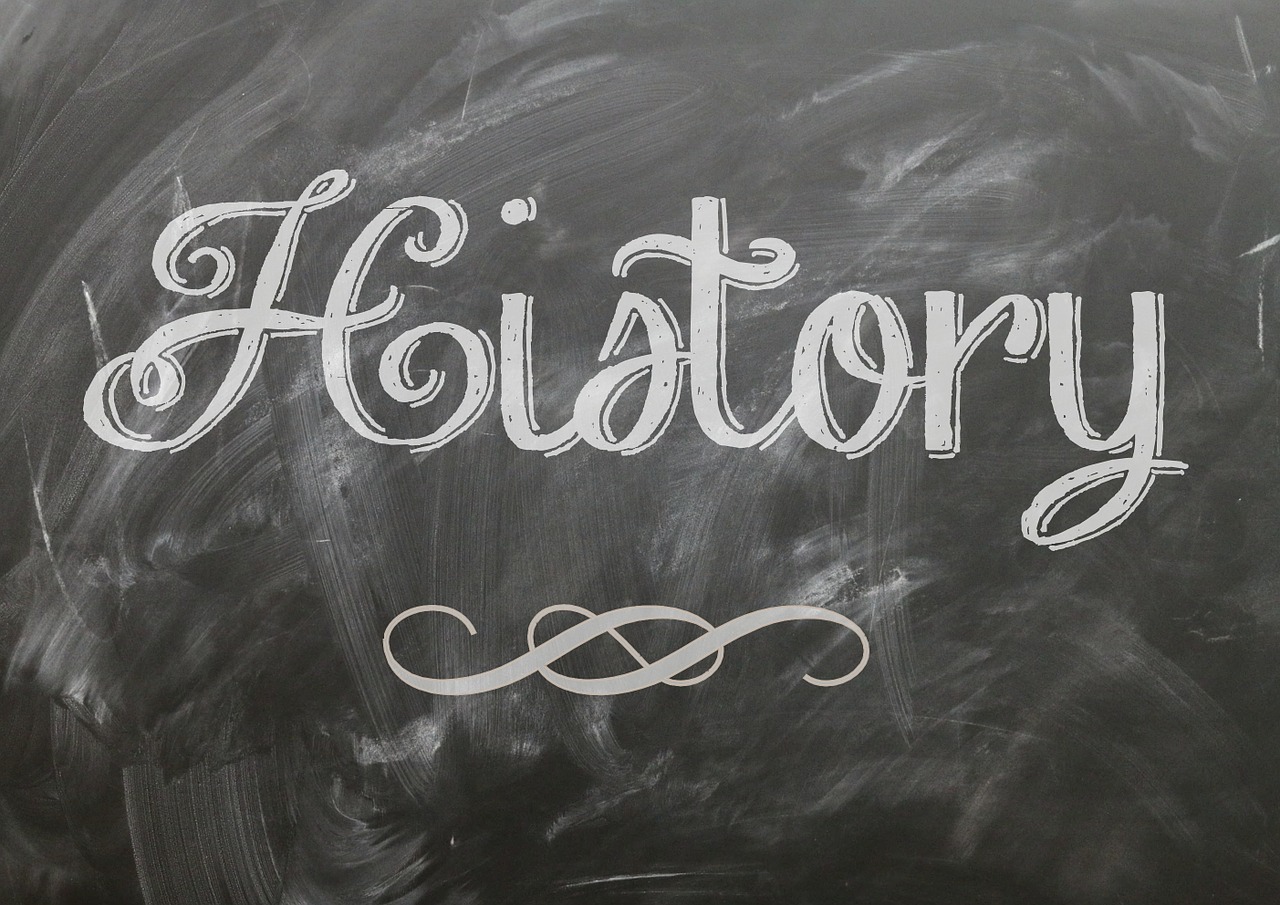It’s easy to think of history as some inaccessible, distant past with little relationship to the here and now. It’s sometimes hard to reconcile the notion of ‘history’ with the world in its current state.
The Covid-19 pandemic has disrupted social behaviours, forced a reimagining – or loss – of work for many, strained health systems and created fear and anxiety. This is history in the making.
The Geoffrey Kaye Museum of Anaesthetic History, like all museums around the world, has been charged with documenting and recording the impact of Covid-19. But, the Geoffrey Kaye Museum has a niche interest in this pandemic. The museum’s purpose is to be a site for recording and promoting the history and development of anaesthesia and pain medicine, particularly in Australia and Aotearoa New Zealand.

So, it’s important the museum collects objects that illustrate the impact on anaesthesia practice, the disruption to formal processes such as training and exams, the way in which anaesthetists responded to the crisis, and the ways in which protocols and roles may have changed because of it. In short, the museum needs to collect anything that tells the story of anaesthesia and anaesthetists in this time of pandemic.
From a historical perspective, because Australia and Aotearoa New Zealand have managed to avoid the devastation of other countries, the pandemic experience here may be lost to, or minimised within, the larger historical landscape.
What we collect can be quite diverse. Here’s a list of suggestions, although it’s only suggestions, and there will undoubtedly be objects, either digital or three dimensional, that haven’t been included.
- Images: many men shaved to ensure masks fitted properly to their faces, maybe some before and after shots; a new level of PPE was required and with it, a new level of concern about donning and doffing; entire units within hospitals were reconfigured to make Covid-19 units.
- Checklists and signage: lots of new protocols were introduced, temperature checking upon arrival at work, donning and doffing training, any checklists or signage (digital or 3D) outlining protocols or procedures introduced as a direct result of Covid-19 workplace changes.
- Personal reflections: objects by themselves have no meaning. Objects are created to fit a need, suit an occasion, or in remembrance. Meaning is created by people. If you’re considering donating something to the museum, please also consider writing your reflections on what this object means to you, and why you consider it important. Perhaps you’ve been keeping a Covid journal, perhaps you’ve been blogging or otherwise recording your own experiences, or the experiences of others around you.
- PPE: while PPE in some form has always been required, there has been an increased focus on masks and eye protection since the pandemic began. Many new protocols have evolved and many anaesthetists have struggled with both the equipment provided and the level of risk they felt acceptable. Once again, images, ideas and personal stories have great relevance to the museum. Some objects will also need to be collected but now is not the time to be moving precious equipment in to museums; that can be done later.
Please contact the museum if you have any questions or would like to discuss donating objects. You can email museum@anzca.edu.au. The museum is closed until further notice, but the behind the scenes work is still going on.
